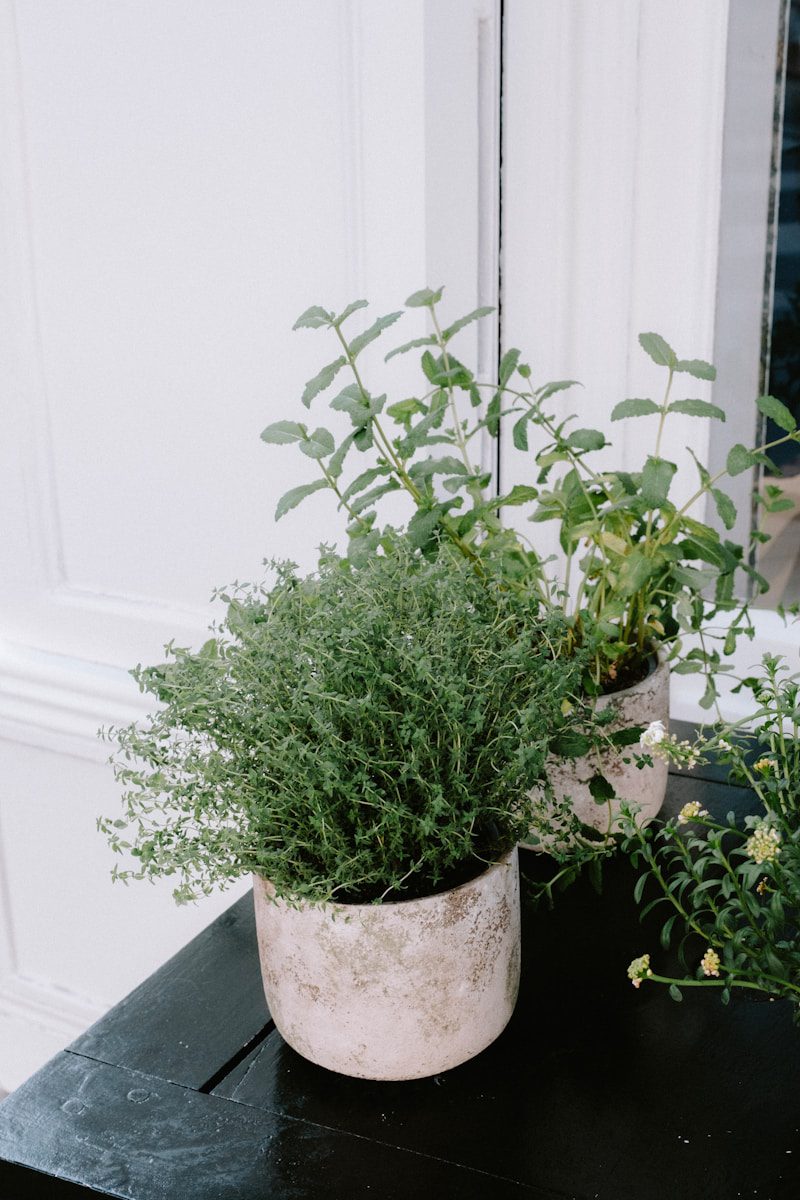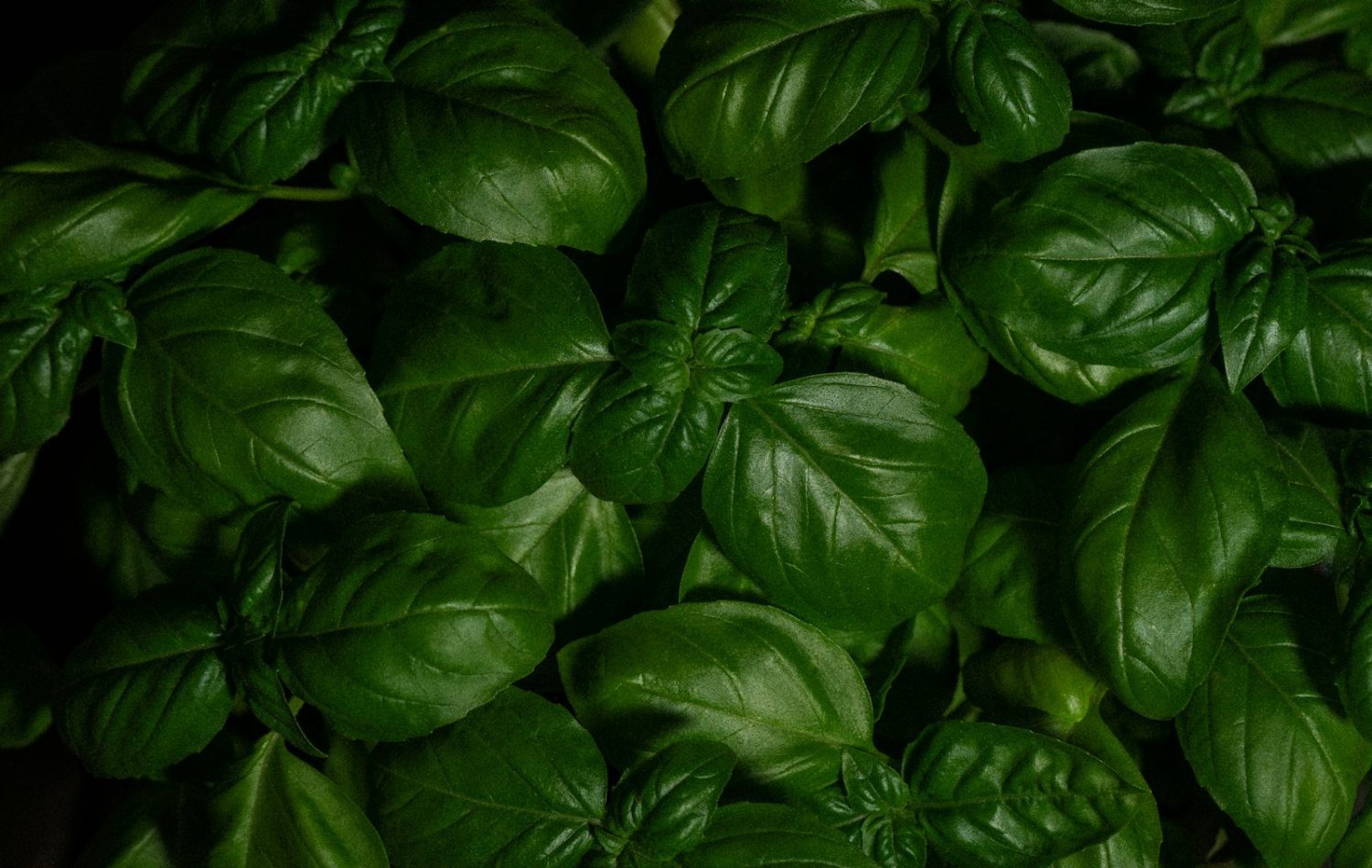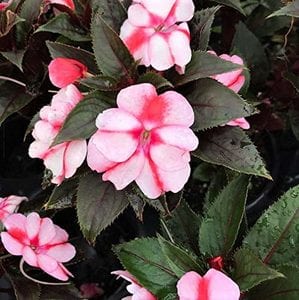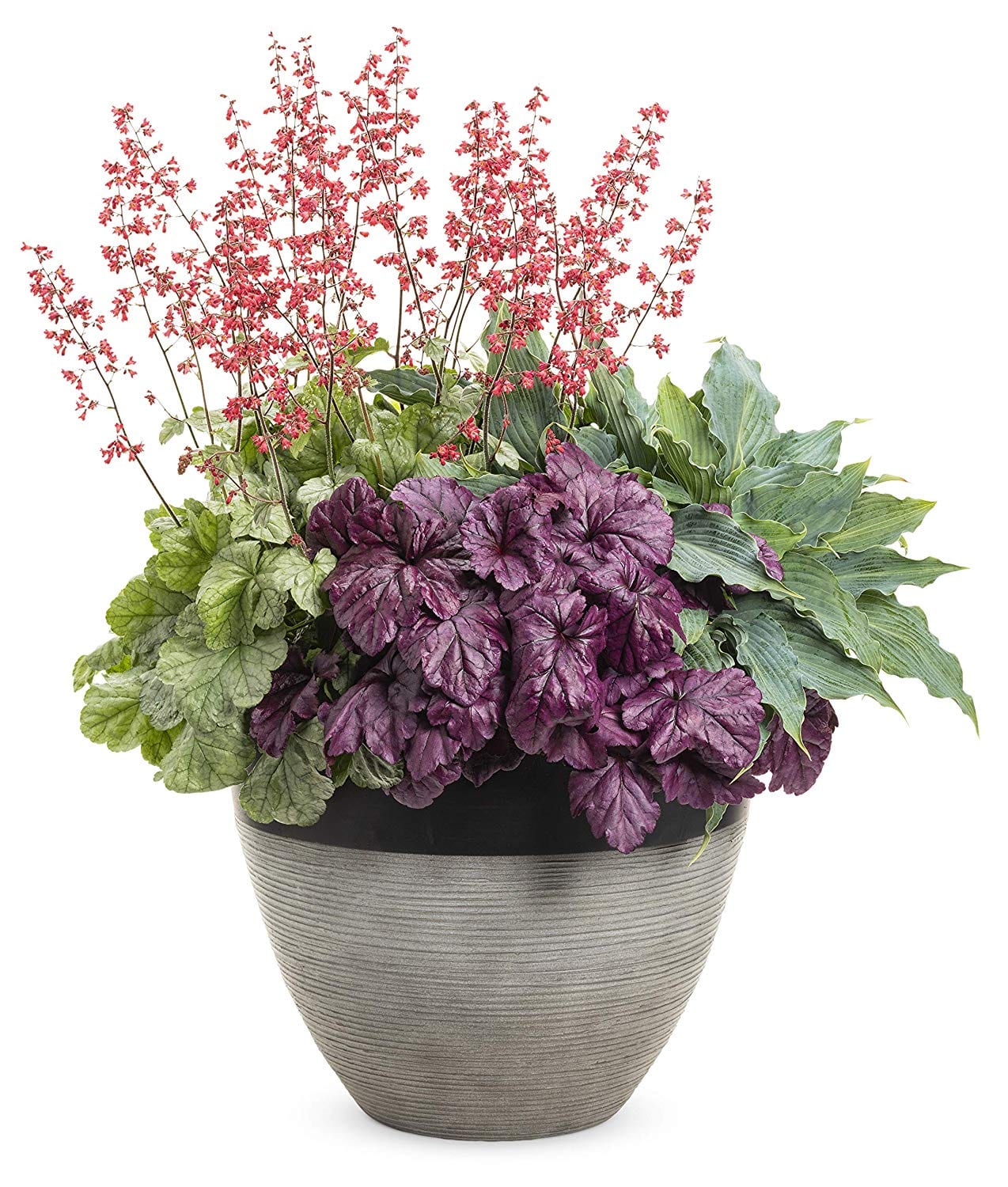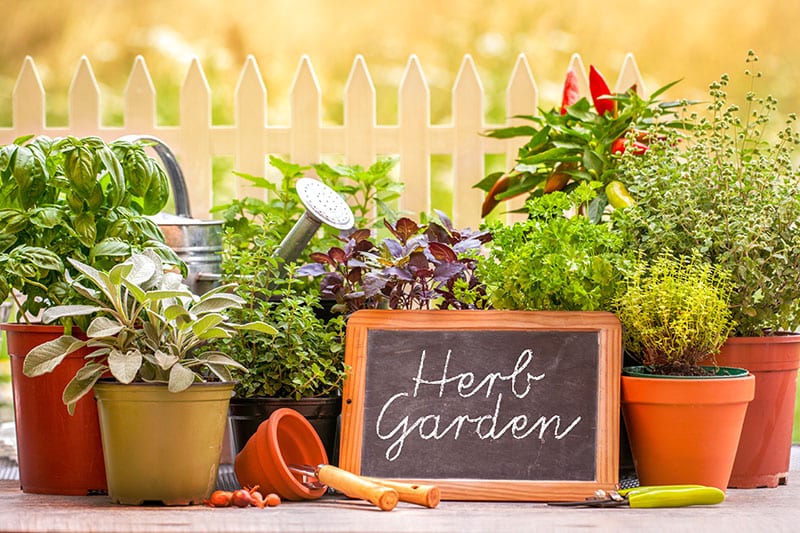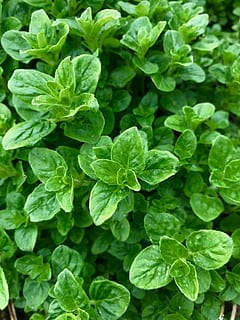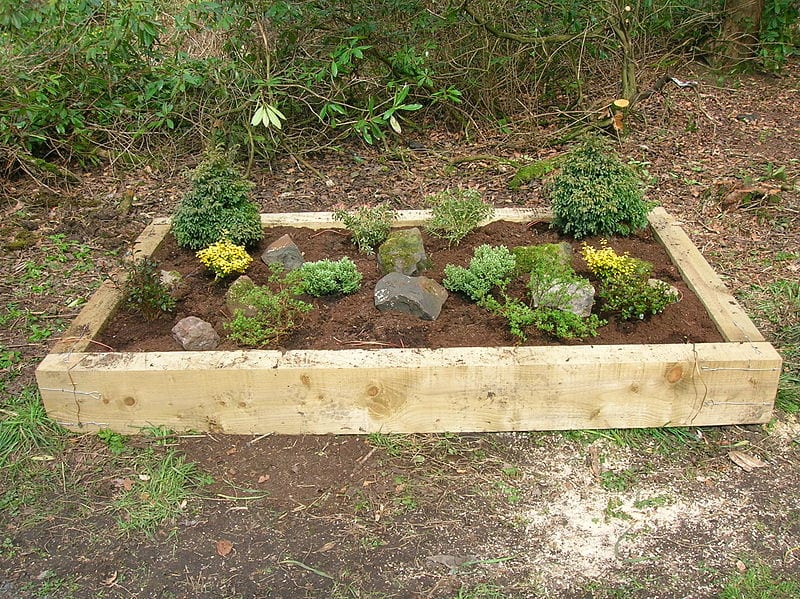
Oregano is more than a tasty herb. It is a small green powerhouse. People across many places have used it for a long time. We use it in soups, sauces, and pizza. But we can also use it for simple care at home. Oregano holds strong plant oils. These oils can help us fight some germs on the skin and in the air. In other words, your garden can support daily well-being in a gentle way.
This guide shows you how to use oregano safely and well. We use plain steps. We work with fresh or dried leaves. We talk about infused oils, teas, steams, and simple salves. We also learn how to grow it so it stays strong. Most of all, we keep safety first. This is educational and not medical advice. If you have a serious infection, severe pain, spreading redness, trouble breathing, or a high fever, please get medical care right away. Oregano can support us, but it does not replace a professional.
Why Oregano Fights Germs: Simple Science for Daily Life
Let’s keep the science simple. Oregano leaves carry fragrant oils. Two of the key parts are carvacrol and thymol. These are natural plant compounds. They give oregano its bold smell and flavor. They also help the plant protect itself from pests and microbes. When we brew, infuse, or breathe the steam from oregano, we bring a small part of that plant defense into our daily routines.
Think of oregano as one of the “aromatic” herbs. It sits with thyme, rosemary, and mint in the same plant family. Many of these herbs share strong scents. Those scents come from essential oils in tiny leaf glands. When we crush the leaves, we release the oils. When we warm the leaves in water or oil, we invite those oils to move into the liquid. This is why a warm tea smells stronger than cold leaves in a jar.
Here is the helpful part for us. These plant oils do not like many kinds of common bacteria. Instead of letting bacteria grow freely on a surface, the oils make life harder for them. That does not mean oregano wipes out every germ. It does not replace soap, clean water, or good medical care. But it is a friendly helper. It can be part of our routine for small, everyday needs: a stuffy nose, a minor scrape, or a musty kitchen counter before we wash.
It helps to know the forms of oregano:
- Fresh oregano: bright and soft, great for teas and steams.
- Dried oregano: easy to store, stronger flavor, steady for infusions.
- Oregano essential oil: very concentrated. We use it with care, in very small, well-diluted amounts on the skin. We do not drink essential oils.
- Infused oregano oil: a gentle oil made by soaking leaves in a carrier oil. Softer than essential oil and easier for home use.
- Oregano vinegar or honey: leaves steeped in vinegar or honey to make simple kitchen remedies.
Safety is the thread that ties this all together. Because oregano is strong, we respect it. We use low to moderate amounts. We patch-test our skin products. We keep essential oil away from eyes and from the inside of the nose or ears. If you are pregnant, nursing, caring for a baby or child, or taking daily medicines, talk with a clinician before using oregano as a remedy. That way, you and your care team stay aligned.
Everyday Uses: Teas, Steams, Rubs, and Kitchen Magic
We can fold oregano into daily life without fuss. The steps here are simple and repeatable. You do not need fancy gear. A clean jar, a small pot, a strainer, and a spoon will take you far. Instead of chasing complex recipes, we will focus on a few core methods that cover most needs.
Oregano Steam for Stuffy Airways
A steam tent is classic home care. It feels soothing and helps loosen thick mucus.
You’ll need:
- A heat-safe bowl
- 2 teaspoons dried oregano or a small handful of fresh leaves
- Hot water (not boiling hard, but steaming)
Steps:
- Put the oregano in the bowl.
- Pour in the hot water.
- Place a towel over your head and the bowl to make a “tent.”
- Breathe the steam for 5–10 minutes. Keep eyes closed. Take breaks as needed.
Why it helps: Warm, moist air helps thin mucus. Oregano’s aroma supports that fresh, open feeling. But most of all, it is gentle and quick. If you feel light-headed, stop and rest. Keep kids at a distance from hot water to avoid burns.
Oregano Tea for Comfort
Oregano tea tastes bold and herbaceous. It can be soothing when you feel under the weather.
You’ll need:
- 1–2 teaspoons dried oregano (or 2–3 teaspoons fresh) per 8 ounces of hot water
Steps:
- Warm your mug with a splash of hot water, then pour it out.
- Add oregano to the mug or a tea infuser.
- Pour in 8 ounces of hot water.
- Cover the mug with a small plate to trap steam and oils.
- Steep 10–15 minutes. Strain if needed.
- Sip warm. Add honey or lemon if you like.
Notes: Make it fresh. Drink up to 1–3 cups in a day when you feel you want support. If your stomach feels sensitive, start with a weaker brew.
Oregano Gargle for the Back of the Throat
A warm gargle reaches the places a sip does not. It is simple and fast.
You’ll need:
- A strong oregano tea (double the amount above)
- A pinch of sea salt (optional)
Steps:
- Brew the strong tea. Let it cool until warm, not hot.
- Add a pinch of salt if desired.
- Gargle for 20–30 seconds. Spit it out.
- Repeat 2–3 times.
When to use: After a day of talking, during seasonal shifts, or when your throat feels coated. If you see pus, have trouble swallowing, or have a high fever, seek care.
Oregano Herbal Wash or Compress for Minor Skin Support
This is for clean, minor scrapes or areas that need freshening after you wash with soap and water.
You’ll need:
- Cooled oregano tea, freshly made
Steps:
- Make oregano tea as above and let it cool.
- After you gently wash the area with soap and water, pat dry.
- Soak a clean cloth in the cooled tea.
- Press the cloth onto the area for 5–10 minutes.
- Let the skin air-dry.
Important: Do not use on deep or dirty wounds. Do not use on severe burns, large areas of broken skin, or infected wounds. If redness spreads, warmth increases, or pain worsens, get medical help.
Oregano Infused Oil for a Gentle Rub
An infused oil is not the same as essential oil. It is softer and better for beginners.
You’ll need:
- Clean, dry jar
- Dried oregano (very important it is truly dry)
- Olive oil or another mild carrier oil
Ratio: About 1 part dried oregano to 5 parts oil by volume.
Steps:
- Fill the jar halfway with dried oregano.
- Cover with oil, leaving 1 inch of space at the top. Stir to release bubbles.
- Cap the jar. Place it in a warm, shaded spot for 2–4 weeks. Shake gently every few days.
- Faster method: Set the jar in a warm water bath (low heat) for 2–3 hours. Keep the oil below very hot temperatures. Warm, not simmering.
- Strain through a fine cloth into a clean bottle. Label with the date.
Use:
- As a chest rub for a stuffy evening.
- As a post-wash cuticle oil or foot oil after a long day.
- As the base for a simple salve.
Shelf life: 6–12 months if stored cool and dark. If it smells “off,” compost it.
Patch test: Place a small amount on the inner forearm. Wait 24 hours. If you see redness or itch, skip skin use.
Simple Oregano Salve
A salve stays where you put it. Great for a small area.
You’ll need:
- 1/4 cup oregano infused oil
- 1 tablespoon beeswax pastilles (or shaved beeswax)
- A clean tin or small jar
Steps:
- In a heat-safe cup, warm the infused oil and beeswax in a gentle water bath until melted.
- Stir and pour into the tin.
- Let it cool and set.
- Label with the date.
Use:
- On clean, intact skin.
- As a spot rub near the chest or on the back (not on broken skin).
- As a nail edge balm.
Keep away from eyes and mucous membranes.
A Word on Oregano Essential Oil (Strong and Tricky)
Oregano essential oil is very concentrated. A single drop can scent a whole room. It can also irritate skin if used straight. We never apply it undiluted. We never take it by mouth. Instead, if you choose to use it, keep it rare and gentle.
Topical dilution guide (for adults):
- Use 1 drop oregano essential oil in 2 teaspoons carrier oil. That is about a 1% dilution.
- For a larger batch, 6 drops in 1 ounce carrier oil is similar.
- Use only on small areas for short periods. Stop if you feel burning or see redness.
Avoid:
- Use on children or babies.
- Use during pregnancy or if nursing, unless a qualified clinician gives clear guidance.
- Use near eyes, inside the nose, or in ears.
If you want a daily helper, choose infused oil or tea instead. They are kinder and easier to manage.
Oregano Honey for Sore Days
Honey can coat and soothe. Oregano adds aroma and a little herbal edge.
You’ll need:
- A small, clean jar
- Fresh oregano (very dry on the surface) or dried leaves
- Raw honey
Steps:
- Loosely fill the jar with oregano.
- Cover with honey. Use a clean chopstick to release air bubbles.
- Cap and let it sit for 1–2 weeks. Turn the jar every day.
- Warm the jar gently in a water bath if the honey is too thick.
Use:
- Stir a spoonful into warm tea.
- Take a small spoonful to coat the throat.
- Spread on toast with lemon zest for a bright morning.
Oregano Vinegar or Oxymel (Vinegar + Honey)
Vinegar extracts different plant parts than oil. It is a lively kitchen tonic.
You’ll need:
- A jar, dried or wilted fresh oregano, apple cider vinegar
- Optional: equal part honey for an oxymel
Steps:
- Pack the jar halfway with herb.
- Cover fully with vinegar (and honey if using).
- Cap with a non-metal lid (or place parchment under the lid).
- Steep 2–4 weeks. Shake often.
- Strain and bottle.
Use:
- Splash into salad dressings.
- Add to warm water as a sharp, tasty sip.
- Use as a pre-rinse for cutting boards before washing with hot, soapy water.
Kitchen Magic: Everyday Food Is Everyday Care
Good food is the best daily remedy. Oregano fits into that plan with ease.
- Marinades: Mix olive oil, lemon juice, garlic, oregano, and black pepper. Coat poultry or vegetables before cooking. In other words, you add flavor while you cook safely and hot.
- Broths and soups: Add oregano in the last 10 minutes so the aroma stays bright.
- Finishing salt: Grind dried oregano with sea salt. Sprinkle on roasted vegetables.
- Herb butter: Soften butter and fold in oregano, parsley, and lemon zest. Use on warm bread or steamed greens.
Remember, herbs support good cooking. They do not replace proper food safety. Keep your hands, tools, and surfaces clean. Cook to safe temperatures. Chill leftovers quickly.
When Not to Use Oregano Remedies
Common sense protects us. Skip oregano remedies when:
- The skin is badly broken, very red, streaking, or draining pus.
- You have a high fever, severe pain, chest pain, or trouble breathing.
- You are allergic to mint family plants (mint, basil, thyme, sage).
- You are pregnant, nursing, or caring for infants and young children, unless a clinician agrees.
- You take daily medicines and are unsure about interactions. Ask your care team.
Instead of pushing through with a home remedy, reach out for help when things look or feel serious. Quick care is wise care.
Grow, Harvest, and Store: Keeping Your Oregano Potent
Fresh, lively leaves make better remedies and better meals. The garden gives us that. Oregano is forgiving, tough, and generous. Once it is happy, it keeps on giving for most of the year in many regions.
Planting Basics
- Sun: Oregano loves sun. Aim for 6–8 hours of light each day.
- Soil: Well-drained soil is key. Sandy or loamy soil works best. Heavy clay needs added compost and grit.
- Water: Water to help roots settle, then let the top inch of soil dry between waterings. Over-watering dulls the flavor and can invite rot.
- Spacing: Give plants about 12–18 inches of space. Airflow matters for leaf health.
- Containers: A pot 10–12 inches wide with drainage holes is perfect. Use a light potting mix. Add a bit of perlite for extra drainage.
Strong Starts
You can grow oregano from seed, but starts are easier. Plant after the last frost. If you live in a mild climate, you can plant almost any time. Oregano is a perennial in many places. It comes back year after year. Trim it back in late winter or early spring to keep it bushy.
Feeding and Care
- Fertilizer: Go light. Too much fertilizer makes lanky plants with weak flavor. A little compost in spring is enough.
- Pinch and harvest: Pinch the tips often. This keeps the plant dense and leafy.
- Flowering: When oregano flowers, it is pretty and feeds pollinators. But leaves may taste milder. Harvest more before full bloom if you want strong flavor.
Harvest Timing
Harvest on a dry morning after the dew has lifted. The oils are highest then. Use clean scissors. Cut above a leaf node to encourage new growth. Take just a third of the plant at a time so it can recover.
Drying for Later
Dry leaves hold flavor and aroma for months when stored well.
- Air-dry: Tie small bundles and hang in a warm, shaded, airy place. Or lay leaves on screens.
- Dehydrator: Use the lowest setting to protect aroma.
- Test: Leaves are ready when they crumble easily.
- Store: Keep in clean glass jars away from light and heat. Label with the date. Dried oregano stays lively for about a year if stored well.
Making Potent Infusions from Garden Cuts
Right after harvest, you can turn your bounty into remedies:
- Fresh tea: Rinse leaves, pat dry, and brew at once.
- Infused oil: Use fully dried leaves to prevent spoilage. If you want to use fresh leaves, wilt them for 24 hours, then infuse gently and refrigerate the finished oil.
- Vinegar or honey: Fresh is great here. Just make sure leaves are dry on the surface to keep water out of the jar.
Clean Tools, Clean Jars, Clean Work
Clean tools matter. Wash your jars with hot, soapy water. Let them air-dry. Wipe counters. Use fresh spoons for tasting. In other words, the way you prepare your remedies shapes their safety.
Label and Track
Write down the date, the plant part, and the method. Example: “Oregano infused oil, 1:5, olive, 9/1.” This tiny habit helps you learn. After more than a season, you see what you use fastest and what holds up best. You waste less. You gain skill and confidence.
Shelf Life at a Glance
- Fresh tea: Same day is best.
- Gargle: 24 hours in the fridge, then discard.
- Infused oil: 6–12 months in a cool, dark place.
- Salve: About 1 year.
- Honey infusion: Up to 1 year (use clean, dry spoons).
- Vinegar or oxymel: 1–2 years.
If the smell turns sour (and it should not for oil), if mold appears, or if color or texture changes oddly, compost it. Start again with fresh, clean supplies.
Mediterranean, Greek, and Mexican “Oregano”
You may see different kinds of oregano at shops or nurseries.
- Mediterranean or common oregano (Origanum vulgare): Classic pizza herb.
- Greek oregano (Origanum vulgare subsp. hirtum): Often stronger, with a sharp, bright bite. Great for marinades and teas.
- Mexican “oregano” (Lippia graveolens): Not the same plant family, but a beloved culinary herb with citrusy notes. Common in Latin American cooking.
All are fragrant and useful in the kitchen. For remedies, stick with what you grow and know. Taste and smell guide you. If the leaves are bold and lively, they will likely make a good tea or infusion.
Pairing Oregano with Friendly Allies
We can blend herbs for balance.
- Thyme: Pairs well in teas and steams for the same reasons oregano works.
- Sage: Lovely as a gargle blend.
- Rosemary: Excellent in infused oils for a bright, clean aroma.
- Lemon peel: Adds freshness to teas and oxymels.
- Honey and ginger: Comforting partners for chilly days.
Use small amounts and keep blends simple. Two or three herbs are enough. Simple blends are easier to track and adjust.
Gentle Routine, Realistic Goals
It helps to set clear goals. We are not trying to “cure” big problems at home. Instead, we support comfort, cleanliness, and calm. We use oregano to freshen the air, warm the chest, coat a scratchy throat, and care for clean, minor skin spots. We also cook with it. We make our daily meals richer and brighter. Instead of grabbing a bottle first, we start with the garden and the kitchen. But most of all, we listen to our bodies. If something feels wrong, we ask for help.
For Kids, Pets, and Sensitive Folks
- Kids: Skip essential oil. Use mild tea steam in the room, not a close tent. For older kids, a light tea may be okay. Talk with a clinician if unsure.
- Pets: Many essential oils are not safe for pets. Keep oils and strong aromas away from them.
- Sensitive skin: Use infused oil rather than essential oil. Dilute more. Patch-test every time.
A little caution protects the people and animals we love.
Your Oregano Kit: A Short Checklist
Keep this small set on hand:
- A jar of dried oregano
- A bottle of oregano infused oil
- A small tin of oregano salve
- A bottle of oregano vinegar or oxymel
- Fresh oregano growing in a pot or a garden bed
With this kit, you can make tea, steam, gargle, rub, and dress salads or soups. You are ready for many small, everyday needs.
Quick Troubleshooting
- My tea tastes too strong. Use less oregano or shorten the steep time.
- My infused oil smells “grassy.” You may have overheated it. Try a slower, cooler method next time.
- My salve is too hard. Re-melt and add a teaspoon more oil.
- My vinegar lid rusted. Use plastic, glass, wood, or line a metal lid with parchment.
- My skin feels warm after a rub. Stop and wash the area with mild soap. Dilute more next time or switch to a different herb.
Green Wisdom We Carry Forward
Oregano meets us where we live. It grows in a sunny patch or a patio pot. It fills our kitchen with scent and our plates with flavor. And when we need gentle support, it steps in. A warm steam to open a tight chest. A mild tea to soothe. A simple rub to freshen the skin after washing and care. In other words, this humble herb helps us care for ourselves in small, steady ways.
We do not ask oregano to do what it cannot do. We still wash our hands, clean our tools, and cook our food well. We still call a clinician when things look serious. But most of all, we keep learning. We listen to our bodies. We pay attention to the plants we grow. After more than a season with oregano, you will know its scent, its timing, and its strengths. You will harvest with joy. You will make clean jars of oil and vinegar with pride. You will brew tea with a calm hand.
That is the heart of garden remedies. Simple steps. Honest limits. Steady practice. As we move through the year, let’s keep oregano close. We can breathe its bright scent, taste its bold leaf, and trust that our daily care is adding up. One cup. One rub. One harvest at a time.
